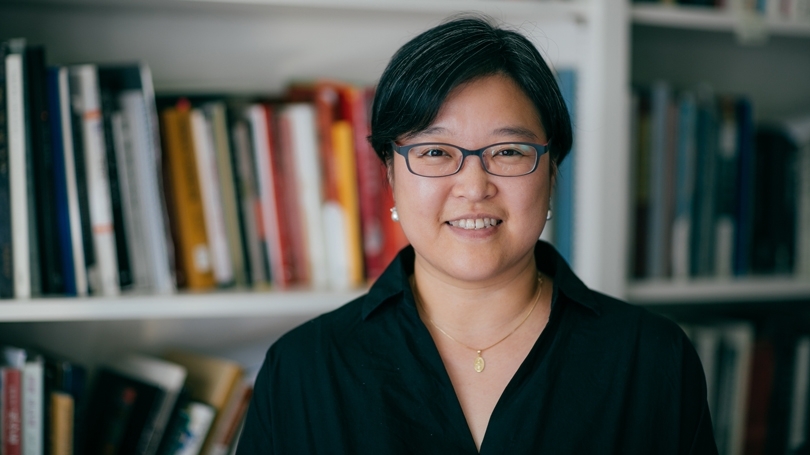
Menu
- Undergraduate
- Foreign Study
- Careers & Opportunities
- News & Events
- Visual Resources
- People
Back to Top Nav
Back to Top Nav
Back to Top Nav
Assistant Professor of Art History Sunglim Kim was an assistant curator at the Asian Art Museum in San Francisco about 14 years ago when she first saw an example of a colorful 19th-century screen painting of shelves of books, Chinese porcelains, and Western objects like clocks and eyeglasses.
“I didn’t think it was Korean,” she says. “When you think of Korean art typically you think of monochrome prints of bamboo trees or chrysanthemums or pine trees, landscapes, and figures,” painted by elite scholar-officials seeking cultivation and self-expression—not an unsigned still-life of foreign luxury objects.
To Kim’s knowledge, still-life painting, so popular in Europe, hadn’t yet reached Korea, which had no direct diplomatic relationship with the West until the late 19th century. The Confucian ideals that informed most of the art of Korea’s Joseon Dynasty didn’t consider ordinary objects worthy subjects for painting. The screen was painted using illusionist techniques like perspective, common in the West but almost unknown in traditional Korean art. And where had those eyeglasses come from?
But the painting, or chaekgeori (chaek for book, and geori for object or knicknack) was indeed Korean—and a mystery that challenged much of what Kim had known about Korea’s early interaction with the West.